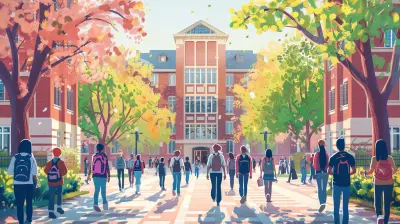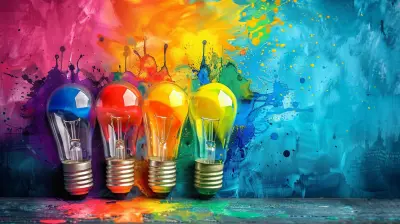Learning Styles and the Art of Differentiation in Education
16 June 2025
Education isn't a one-size-fits-all experience. Think about it—do you and your best friend learn the same way? Probably not. Some people grasp concepts better through visuals, while others need to hear it explained out loud. This is where learning styles come in, shaping how students absorb and retain information effectively. But here’s the catch—most classrooms still follow a traditional, uniform approach.
So, how do educators bridge this gap and ensure every student thrives? That’s where differentiation in education becomes a game-changer. Let’s dive into what learning styles mean, why they matter, and how differentiated instruction can transform the way we teach and learn.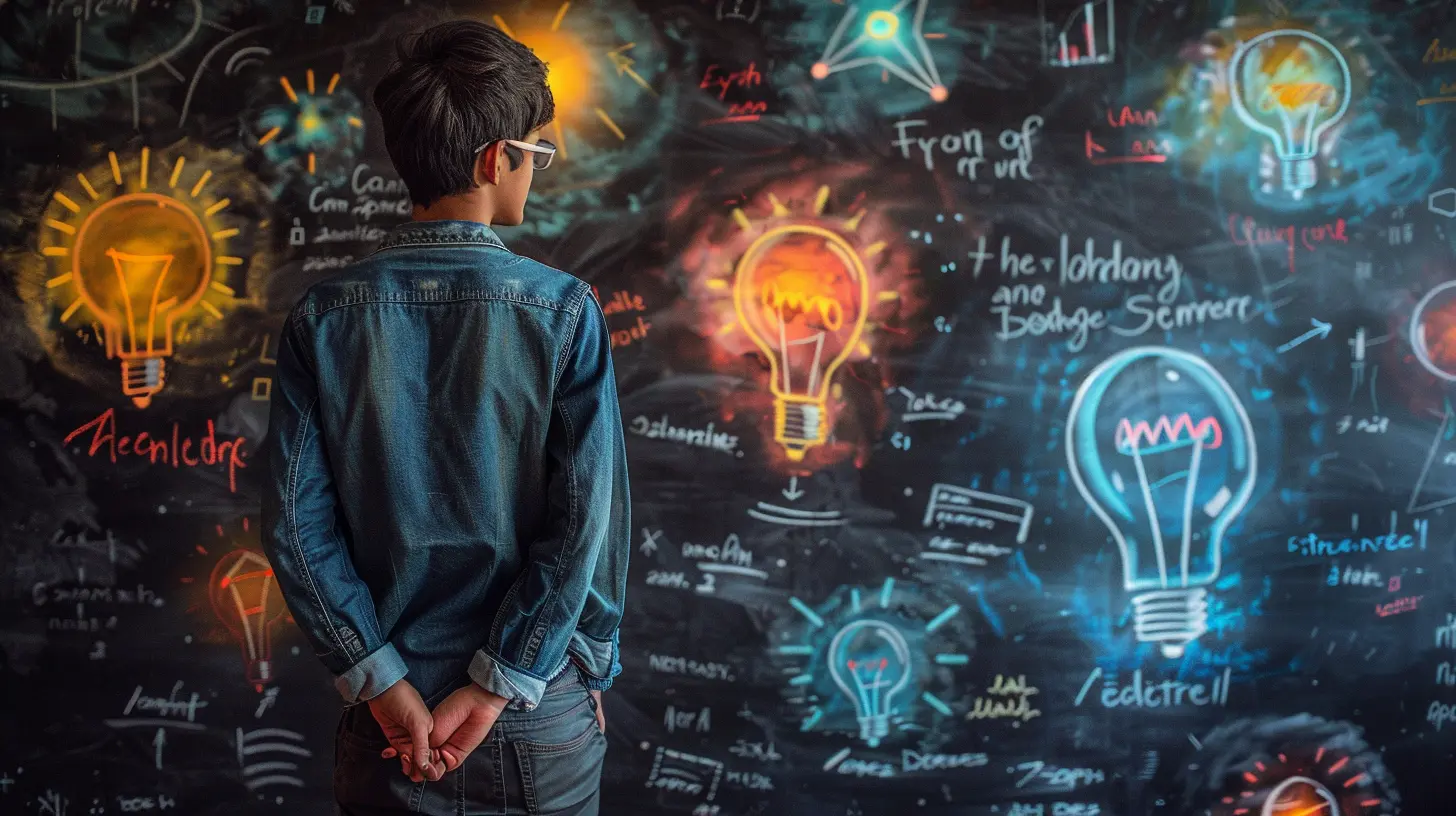
Understanding Learning Styles: How Do We Learn Best?
Ever wondered why you remember song lyrics effortlessly but struggle with textbook definitions? It all comes down to learning styles—our preferred way of processing information. While there are different models, the most widely recognized is the VARK model, which categorizes learners into four main types:1. Visual Learners (The Picture People)
- Think in images- Prefer diagrams, charts, and graphs
- Benefit from mind maps and color coding
Visual learners love when information is presented visually. If a student struggles with a history lesson, a timeline or infographic can make all the difference.
2. Auditory Learners (The Listeners)
- Learn best through hearing- Prefer lectures, discussions, and audiobooks
- Retain information through repetition and verbal explanations
Ever met someone who remembers everything from a podcast but zones out reading a textbook? That’s an auditory learner! Teaching strategies like group discussions or recorded lectures cater to their strengths.
3. Reading/Writing Learners (The Note-Takers)
- Love writing notes and reading detailed explanations- Prefer textbooks, articles, and written instructions
- Excel at summarizing information in their own words
These learners thrive in traditional classrooms where written content dominates. However, they may struggle with subjects that rely heavily on visual or hands-on learning.
4. Kinesthetic Learners (The Hands-On Doers)
- Learn best through movement and touch- Enjoy hands-on activities, experiments, and role-playing
- Benefit from real-life experiences and practical applications
If you know someone who picks up new skills by actually doing them—whether it’s cooking, fixing things, or playing a sport—they’re likely a kinesthetic learner. Sitting still for long lectures? Not their thing.
The Problem with a One-Size-Fits-All Approach
Imagine going to a clothing store where everything comes in just one size. Frustrating, right? That’s exactly how traditional education feels for students whose learning styles don’t fit the norm. Some kids excel, while others struggle—not because they aren’t intelligent, but because teaching methods don’t align with how they learn best.Standardized teaching often caters more to reading/writing learners, leaving visual, auditory, and kinesthetic learners at a disadvantage. This mismatch can lead to frustration, disengagement, and even poor academic performance.
But there’s good news: teachers can break this cycle through differentiation in education.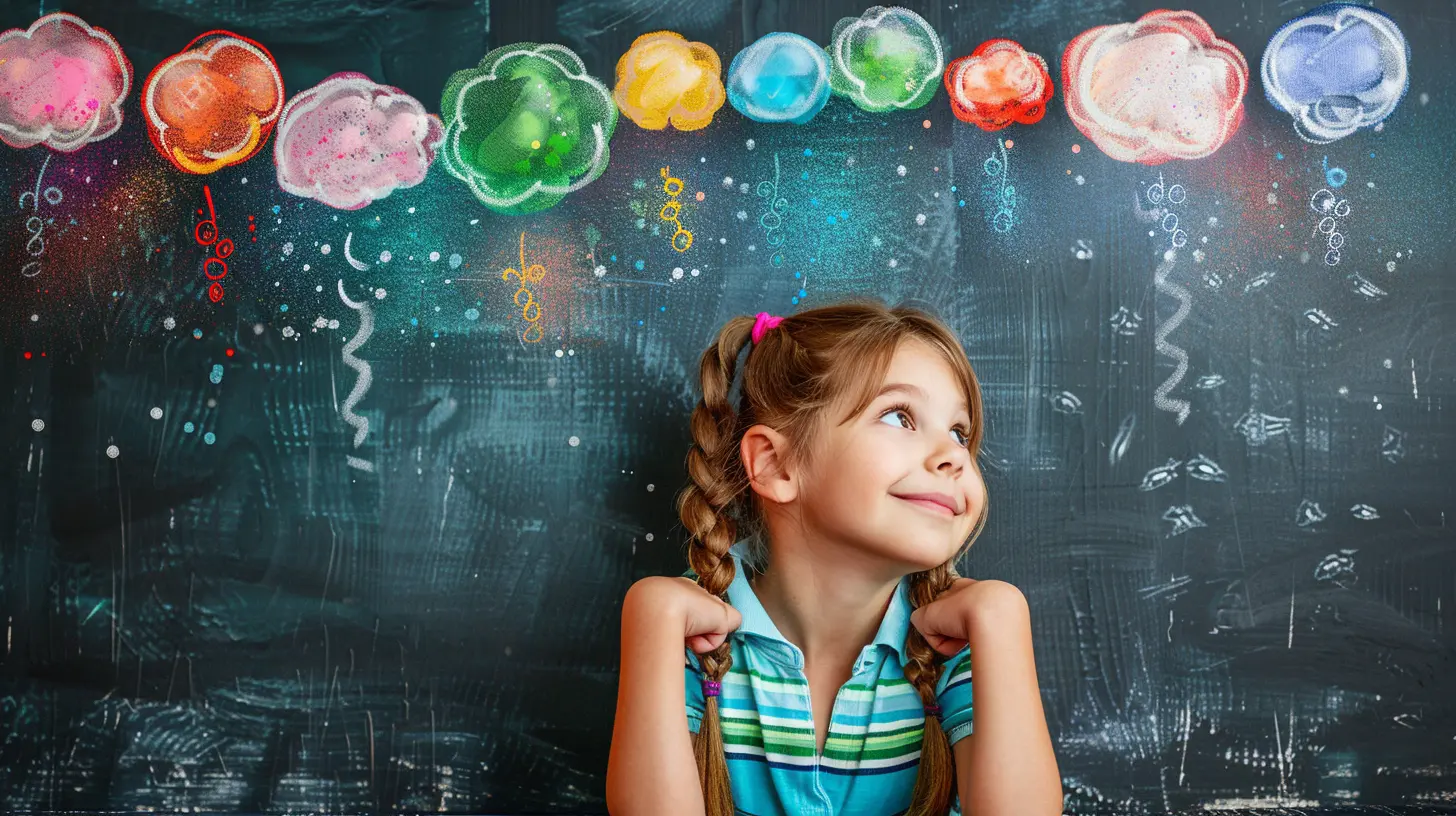
Differentiation in Education: A Game-Changer for Learning
Differentiation isn’t about creating a separate lesson for each student (because, let’s be real, teachers have enough on their plates already!). Instead, it’s about adapting teaching methods to accommodate different learning styles, ensuring no student feels left behind.Key Strategies for Differentiation
Differentiated instruction goes beyond just tweaking lessons—it’s a mindset shift. Here are some effective ways educators can implement it:1. Varied Teaching Methods
Since students learn differently, mixing up instructional methods keeps everyone engaged. Here’s how:- Use visual aids like charts and videos for visual learners.
- Incorporate verbal explanations and discussions for auditory learners.
- Provide written materials and assignments for reading/writing learners.
- Introduce hands-on activities and real-life applications for kinesthetic learners.
A biology teacher, for instance, could explain a concept verbally, show a video, provide a written summary, and conduct a hands-on experiment. That way, every student finds a connection to the material.
2. Flexible Grouping
Students benefit from working with peers who complement their learning styles:- Homogeneous grouping pairs similar learners together (e.g., auditory learners in a study-circle discussion).
- Heterogeneous grouping mixes different styles, allowing students to learn from each other’s strengths.
Imagine a literature class where a visual learner creates a story map while an auditory learner explains the plot—everyone wins!
3. Choice-Based Assignments
Not every student needs to write an essay to prove they understand a concept. Offering choice gives students control over their learning:- A visual learner might create an infographic.
- An auditory learner could record a podcast.
- A kinesthetic learner could perform a role-play.
- A reading/writing learner might stick with a traditional essay.
This allows students to showcase understanding in ways that feel natural to them.
4. Technology as a Differentiation Tool
In today’s digital age, technology makes differentiation easier than ever:- Educational apps like Kahoot or Quizlet cater to different learning styles.
- Audiobooks and podcasts help auditory learners absorb information.
- Interactive simulations and virtual labs engage kinesthetic learners.
- Online discussion forums allow reading/writing learners to express thoughts.
Leveraging technology ensures that learning is accessible and engaging for all.
5. Assessments that Reflect Diverse Learning Styles
Standardized tests don’t always measure true understanding. Differentiated assessments can include:- Verbal quizzes for auditory learners.
- Hands-on projects for kinesthetic learners.
- Infographics or visual presentations for visual learners.
- Traditional writing assignments for reading/writing learners.
Giving students multiple ways to demonstrate knowledge prevents them from being unfairly evaluated based on one rigid method.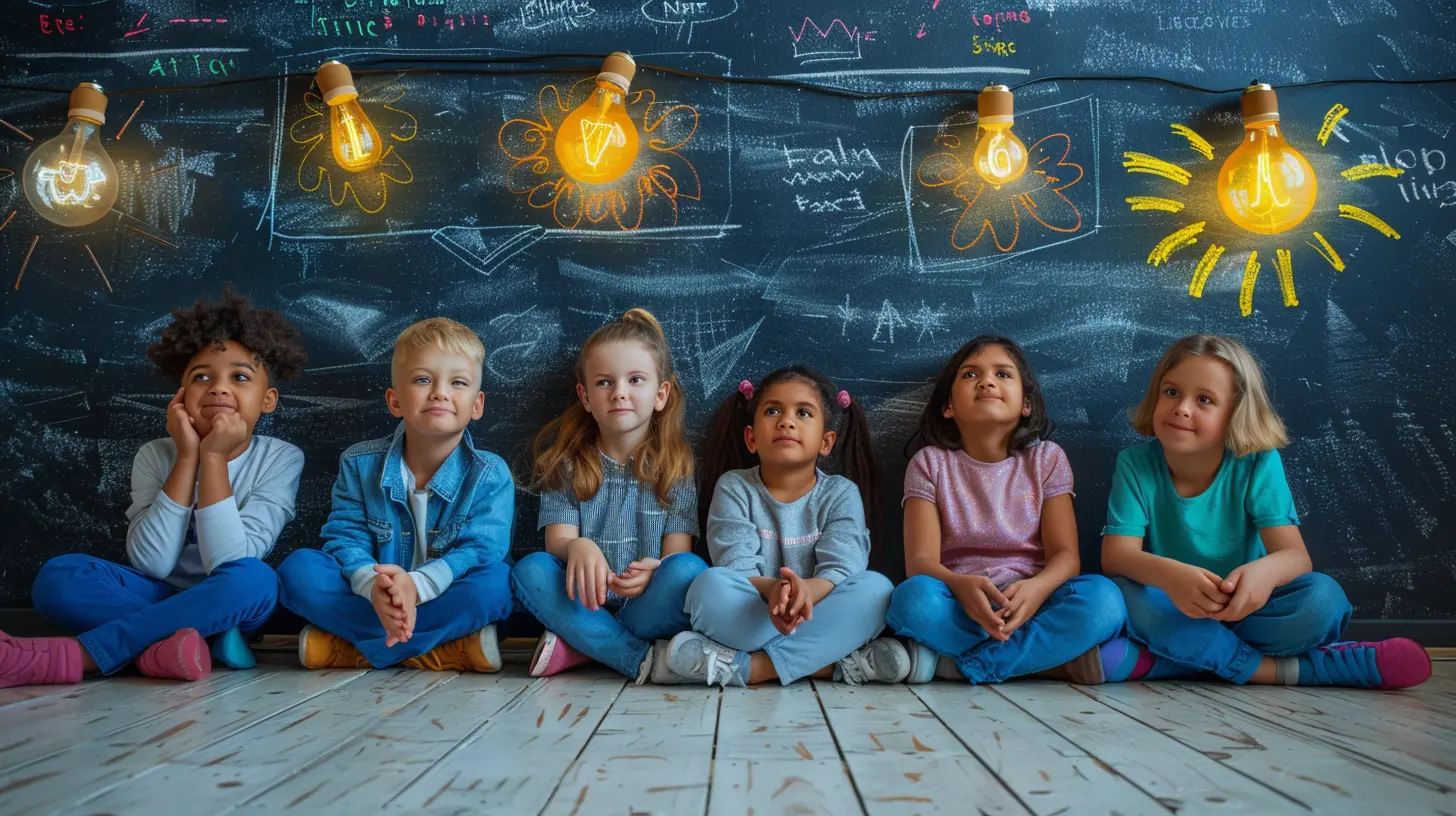
The Benefits of Differentiation: Why It Works
1. Increased Engagement
When students learn in ways that resonate with them, they naturally become more interested and invested in their education.2. Improved Retention
Connecting lessons to individual learning styles helps students absorb and retain information more effectively.3. Boosted Confidence
Struggling students often feel like they’re “bad at learning.” Differentiation helps them discover their strengths, boosting self-esteem and motivation.4. More Inclusive Classrooms
Education should be accessible to everyone, regardless of learning style. Differentiated instruction ensures all students have an equal chance to succeed.Final Thoughts
Education should never feel like a rigid mold students must force themselves into. By understanding different learning styles and embracing differentiation, we can create classrooms where every student thrives.Teachers, parents, and even students themselves can play a role in identifying the best ways to learn. The goal isn’t perfection—it’s progress. And when we tailor education to fit students instead of the other way around, we unlock their true potential.
So, whether you're an educator looking to refine your methods or a student aiming to understand yourself better, remember this: Learning isn’t about fitting the mold—it’s about finding what works for you.
all images in this post were generated using AI tools
Category:
Learning StylesAuthor:

Olivia Lewis
Discussion
rate this article
3 comments
Jaxon McVey
Discover the hidden symphony of learning styles and differentiation—where each student's unique rhythm unveils secrets to unlocking potential. Are you ready to decode the art of education?
June 17, 2025 at 12:08 PM

Olivia Lewis
Absolutely! Embracing diverse learning styles is key to fostering potential and creativity in every student. Let's dive into this symphonic journey together!
Duke Jenkins
Love how learning styles shape personalized teaching!
June 17, 2025 at 4:45 AM

Olivia Lewis
Thank you! Embracing diverse learning styles truly enhances personalized teaching and fosters a more engaging educational experience.
Micah McCaw
Learning styles: one size fits none!
June 16, 2025 at 4:28 AM

Olivia Lewis
Thank you for your comment! Indeed, recognizing that learning styles are diverse emphasizes the need for differentiated approaches in education to meet each student's unique needs.

